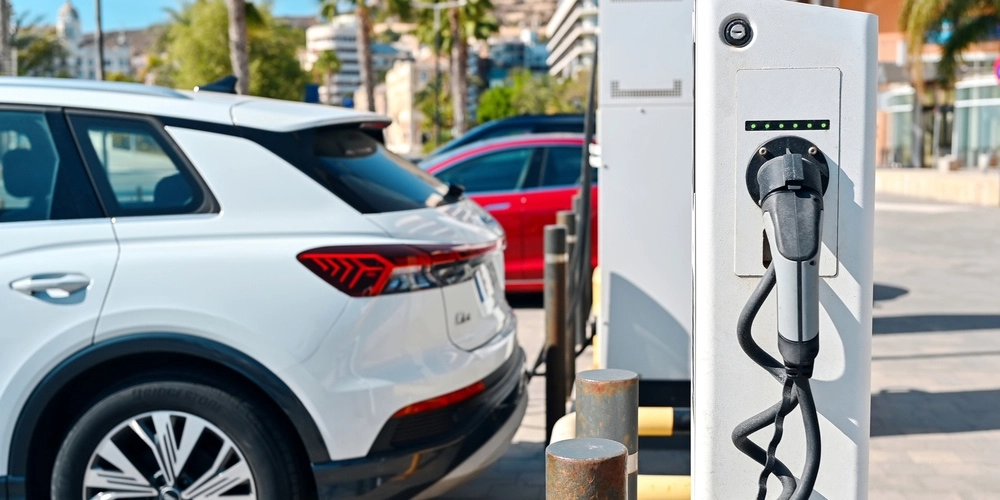According to industry experts at Mobility Portal España, electromobility faces a challenge linked to the lack of batteries designed exclusively for its specific needs.
This is because most of the solutions currently available are adaptations of systems originally designed for other sectors, such as photovoltaics.
As a result, in some cases the cell remains operational even when the electric vehicle is not charging.
In this context, Pablo Sánchez, PV & BESS Technical Director of Distributed Generation at Huawei, points out:

“The solutions currently developed are not so focused on electric mobility and this is noticeable in the end.”
In this regard, he explains that current solutions are usually hybrid or adapted from other sectors.
This could limit their effectiveness in high-demand scenarios within the eMobility sector, generating repercussions on both costs and operational performance.
“There are certain types of batteries that, when not in use, undergo a passive discharge process, which represents an economic loss,” explains Sánchez.
Why? Because the stored energy fades progressively, forcing the cell to be recharged more frequently to maintain its functionality.
In addition, the specialist assures that this passive discharge can negatively affect the useful life of the battery.
“This has an economic impact, as it reduces the profitability of the project, while avoiding these losses means savings for the operator,” he explains.
What would be the advantages of having cells designed specifically for the sector?
They could accelerate the deployment of fast-charging stations, necessary to promote the mass adoption of electric vehicles.
“If networks are not prepared, operators face high costs and long times to expand power,” says Sánchez.
He added: “The battery provides the opportunity to boost projects that are currently on hold or failing to take off, allowing them to move forward and materialise successfully.”
At the same time, they offer the flexibility to operate in rural areas or places with limited electrical infrastructure.
And not just in those locations.
Ignacio Germani, Key Account Manager at Ampere Energy, highlights that batteries represent an effective solution for charging points installed in large cities, in locations such as parking lots.

How?
Enabling peak shaving and energy arbitrage, balancing demand peaks and reducing penalties for excessive consumption.
“When a car park requires more power than contracted, the financial penalties are significant,” he says.
He explains: “Expanding a transformer can cost up to 200,000 euros, while a battery can solve the problem for 60,000 euros.”
It should be noted that these cells can also be programmed to charge during lower cost hours and discharge when demand is highest.
However, Germani admits that these technologies are not entirely geared towards electromobility.
“I don’t think there is a specific battery for this sector,” he says.
He also mentions that, although technically the cells can be used for multiple applications, it is the software that must be adapted to the specific requirements.
In this sense, the consensus among experts points to the fact that, more than an exclusive design, what is essential is the efficient integration of hardware and software.
In this regard, Sánchez maintains that the focus on controls is crucial.
This includes automatic management of battery charging, for example when a car arrives or leaves, and synchronization with the power unit responsible for supplying electric vehicles.
“Software plays a very important role here,” he stresses.
So, while there is still no battery for electromobility as such, the trend is towards solutions specifically designed to solve the challenges of the sector.
Innovations in software and integrated systems play a fundamental role.








